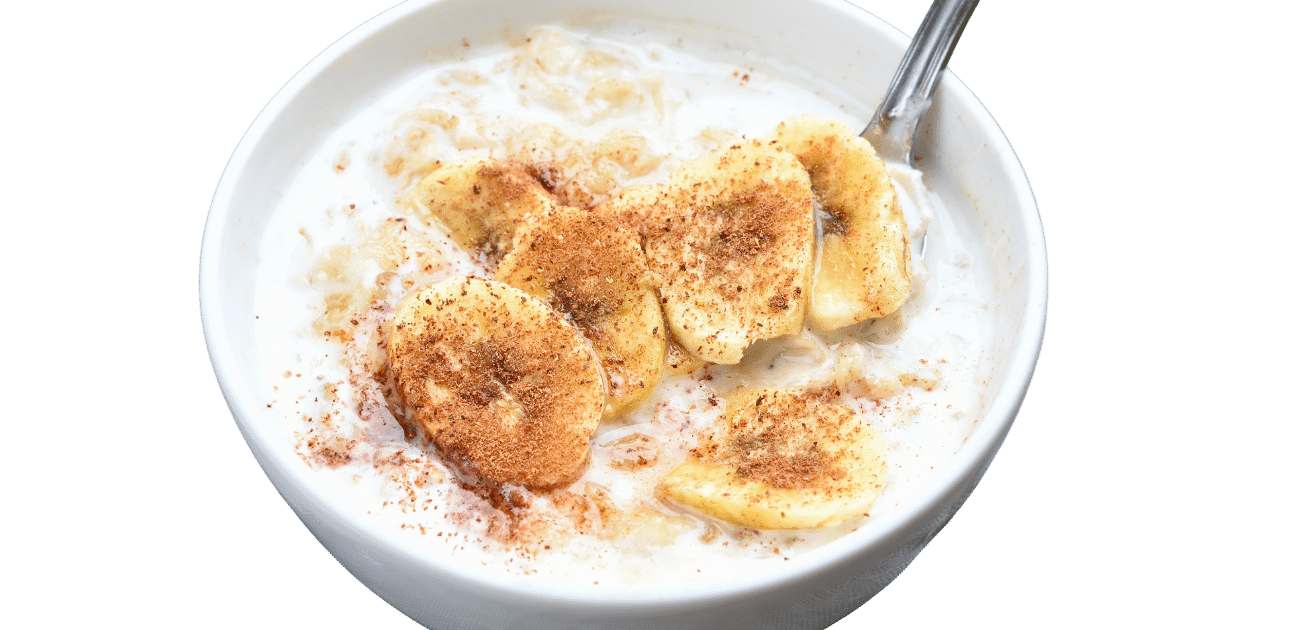- Call Us 8595805076
Wholesome Vegetable Oats for Babies - A Nutrient-Packed Introduction to Solids
Embark on a journey of nutritious and delicious first foods with our Vegetable Oats for babies. This simple and flavorful recipe is specially crafted to introduce the goodness of vegetables and oats to your little one's palate, providing essential nutrients for healthy growth.

Ingredients
- 1/2 cup rolled oats
- 1/2 cup mixed vegetables (carrots, peas, sweet potatoes), finely chopped
- 1/4 cup zucchini, grated
- 1 cup lowsodium vegetable broth
- 1/2 teaspoon cumin powder
- 1/2 teaspoon turmeric powder
- 1 tablespoon olive oil
- 1/2 cup spinach or kale, finely chopped
- 1/2 cup mashed butternut squash
- Pinch of black pepper (optional, for babies over one year)
Serving Size & Cooking Time
Serves : 2
Preparation Time 15 minutes
Cooking Time : 20 minutes
Macros Information
Calories 120 per serving
Protein : 3g
Carbohydrates : 20g
Fat : 4g
Stepwise Cooking Instructions
- In a saucepan, heat olive oil and sauté the mixed vegetables until they are soft.
- Add grated zucchini and continue cooking for an additional 2 minutes.
- Pour in the rolled oats, cumin powder, and turmeric powder. Stir well to coat the oats with the vegetables.
- Add lowsodium vegetable broth and bring the mixture to a gentle boil.
- Reduce the heat, cover, and simmer for 1520 minutes or until the oats are cooked and have absorbed the liquid.
- Stir in finely chopped spinach or kale and mashed butternut squash. Cook for an additional 5 minutes until the greens are wilted.
- For babies over one year, add a pinch of black pepper for added flavor, if desired.
- Allow the mixture to cool, and blend or mash to a suitable consistency for your baby's age and stage.
Nutritional Benefits
Our Vegetable Oats for babies provide a balanced blend of macronutrients. Oats offer complex carbohydrates, while vegetables contribute vitamins and minerals crucial for your baby's development. Butternut squash adds a natural sweetness and enriches the dish with betacarotene, supporting eye health.
Micronutrients
The inclusion of spinach or kale introduces iron and folate, essential for cognitive development. Zucchini provides additional vitamins, and the lowsodium vegetable broth ensures a flavorful base without unnecessary salt. Incorporate this nutrientpacked Vegetable Oats recipe into your baby's meal plan for a delicious and wholesome start to their solid food journey.
Expert Tips
- Texture Matters: Adjust the texture based on your baby's developmental stage. For beginners, puree the mixture for a smoother consistency, while older babies may prefer a slightly chunkier texture.
- Introduce One Ingredient at a Time: When starting solids, introduce one new ingredient at a time to monitor your baby's reactions and identify any potential allergies.
- Opt for Organic Ingredients: Whenever possible, choose organic oats and vegetables to minimize exposure to pesticides and offer a cleaner, safer option for your baby.
- Temperature Check: Ensure the vegetable oats are cooled to an appropriate temperature before serving to avoid any risk of burning your baby's mouth.
- Variety is Key: Rotate vegetables to introduce a variety of flavors and nutrients to your baby. This helps in developing their palate and ensures a wellrounded diet.
- Homemade Vegetable Broth: Prepare homemade vegetable broth without added salt for a nutritious base, controlling the sodium content in your baby's meals.
- Monitor for Allergies: Be vigilant for any signs of allergies when introducing new ingredients. Common allergens include nuts, dairy, and certain vegetables.
Conclusion
In conclusion, our Vegetable Oats for babies serve as an excellent starting point for introducing solids into your baby's diet. Packed with a variety of vegetables, oats, and expert tips, this recipe not only offers essential nutrients but also cultivates healthy eating habits from the beginning. As you embark on this exciting journey of nourishing your baby, rest assured that you're providing them with a wholesome and flavorful introduction to the world of solid foods.
FAQs
- Can I use instant oats for this recipe?
While you can use instant oats, consider choosing rolled oats for a heartier texture and increased nutritional content. - How often should I feed this to my baby?
Gradually introduce this recipe 23 times a week, observing your baby's response and adjusting the frequency accordingly. - Can I use frozen vegetables?
Yes, you can use frozen vegetables; however, ensure they are thoroughly cooked and appropriately cooled before serving. - Is it necessary to use lowsodium vegetable broth?
Opting for lowsodium vegetable broth allows better control over your baby's sodium intake. Homemade broth without added salt is an ideal choice. - Can I add spices for more flavor?
For younger babies, it's advisable to keep the recipe simple. As your baby gets older, you can gradually introduce mild spices like cumin for added flavor. - What age is suitable for introducing this recipe?
This recipe is suitable for babies around 810 months, but always consult with your pediatrician to align with your baby's developmental readiness. - Can I store leftovers for later use?
Yes, store leftovers in airtight containers in the refrigerator for up to 2 days. Reheat before serving, adding water for the right consistency.
